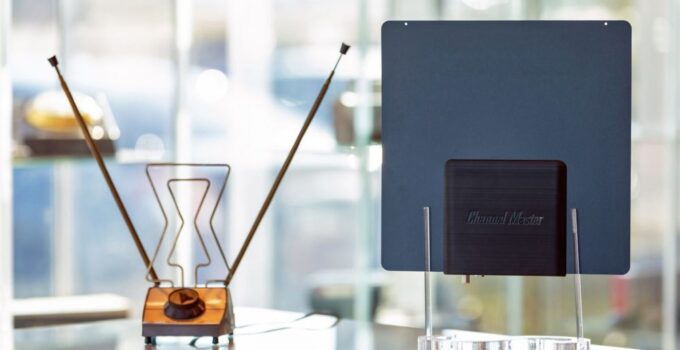Internet, cable and satellite TV, computer games, video games – all these things have long been an integral part of our daily lives. Now that we have cable and satellite technology, television is much more comfortable to watch.
High-definition and widescreen TVs are advanced systems that have turned a simple movie watching into a breathtaking experience. But what if something happens to our antenna and the signal suddenly weakens?
Then we are faced with the situation that we cannot watch our favourite TV show or a football match. Is there anything we can do to improve poor TV reception? Of course, there is. Below you will see some solutions to this problem.
Page Contents
Digitization & Antennas
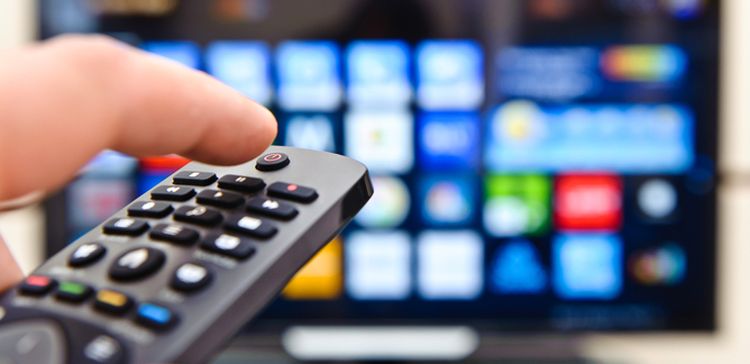
source:qcostarica.com
The digital television we watch today needs antennas because they use radio waves to transmit signals. Digital terrestrial television uses the same band and the same TV channels as analogue terrestrial television, so the same antennas are used. If you do not have a broadband antenna, you should check that the antenna is suitable for the channel on which the digital multiplex is broadcast.
Choosing The Antenna
The choice of the antenna depends on your location, whether or not you are near a digital transmitter. If you are near a digital transmitter, you will also be able to receive programs through an indoor antenna, otherwise, you will need to use a rooftop antenna. The advantage of receiving digital signals is that the antenna picks up signals that are reflected by natural and artificial obstacles (objects), which is not the case in analogue broadcasting and is the complete opposite.
Is It True That There Is No More Signal Interference?
It is incorrect to believe that there is no interference with watching digital TV. Indeed, the picture will no longer “snow”, but interference with digital signal reception also occurs and varies. The picture quality, as with analogue television, depends on the quality of the antenna device, the strength of the DVB-T signal, and the quality of the antenna cables and connectors. The type of digital receiver does not affect or slightly affect the image quality of standard or HD definition.
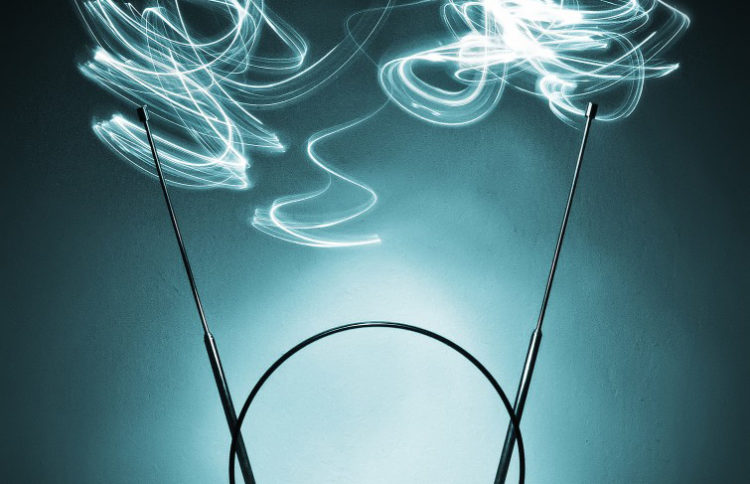
source:qcostarica.com
Good Signal & Security – CCTV
Having a good signal is not important just for watching TV. Namely, many of us have CCTV in our houses or apartment buildings. You can get these services from the specialist companies that offer you these devices in HD definition, with some additional features – and you can read more about that on their specialized websites. CCTV technology has become a necessity today for the safety of facilities and people. Having CCTV can sometimes be very important, especially if you live in a neighbourhood with a higher crime rate. Then this can be a lifesaving solution.
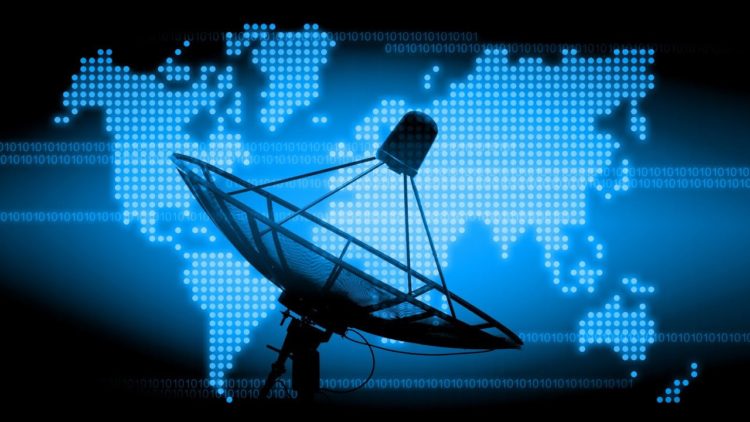
source:gearcritech.com
And How Does A Satellite Aerial Work?
Satellite television is a wireless system. It transmits TV signals through telecommunication satellites. The first association with SAT-TV is a dish – that is, an antenna, that stands usually on roofs or sides of houses and buildings. The satellite dish connects to the receiver and TV device – receiving and transmitting the satellite signal.
These signals go a long way before they appear on our TVs. Since these satellite signals are containing some HQ digital data – this transmission would not be possible without using compression. By compressing – all unnecessary data is simply extracted from it before signals are transmitted. Today, MPEG compression is often used – making it easier and faster to transmit more TV channels. The signal is then encrypted and transmitted via satellite.
How To Amplify The Satellite Signal
Regardless of the quality of the equipment, satellite reception sometimes faces problems with signal attenuation. There are several reasons for this, such as various obstacles or a poorly placed antenna. Here’s how to handle it in just a few steps.
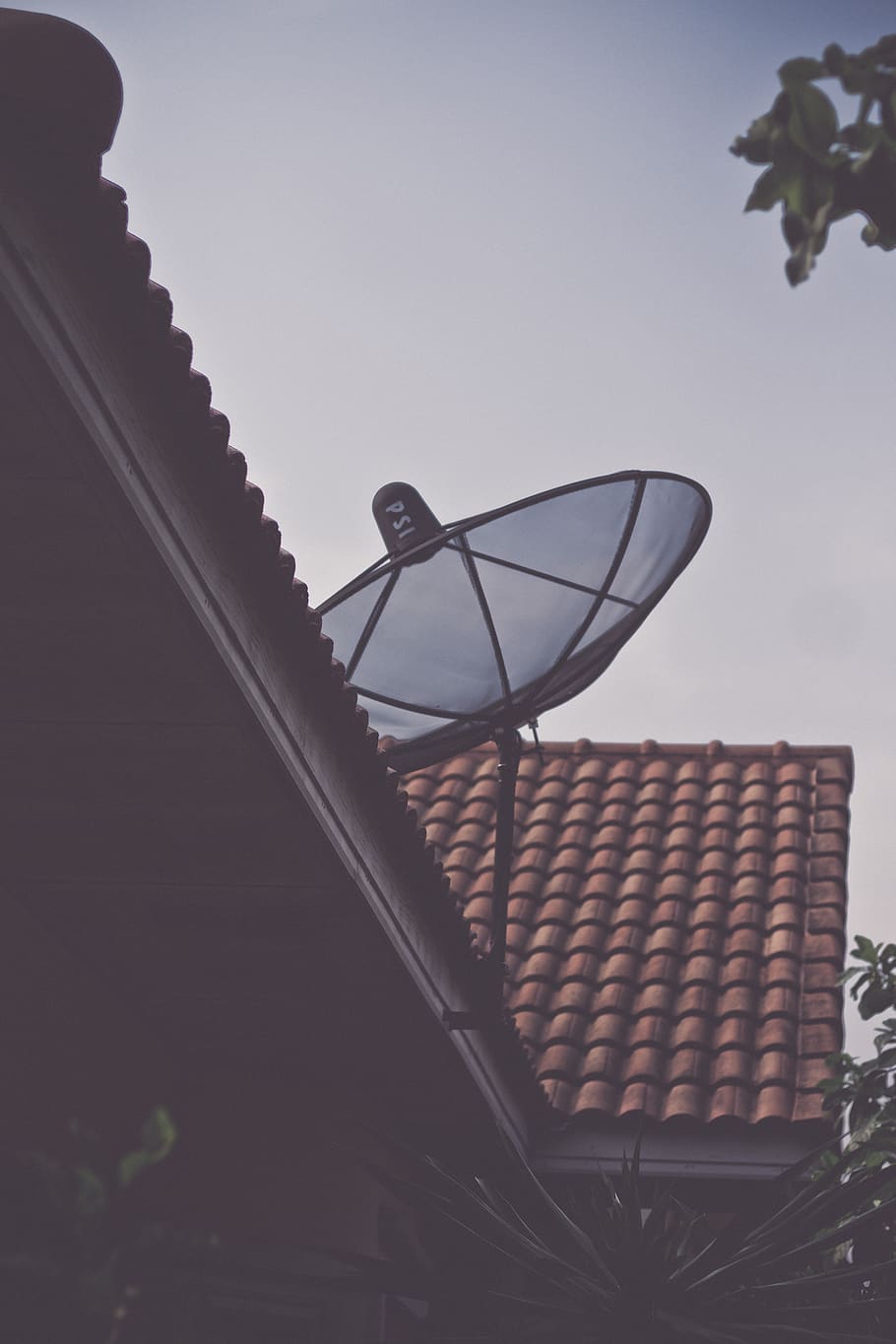
source:pxfuel.com
1. Incorrect Aerial Adjustment
The aerial should “look” at the satellite – and to rotate it accordingly – the slope and azimuth parameters are used. The exact settings may suggest using a special device or a smartphone application. Sometimes it happens that the antenna was originally tuned, but was moved by a strong wind or storm. In either case, to amplify the antenna signal, you must fine-tune it to the satellite and secure it securely. If the problem persists, consider buying a lighter aluminium or perforated antenna or strengthening the mount.
2. Obstruction Of The Satellite Dish
It happens that the antenna rotates at the right angle but is installed in the wrong place. The fact is that there should be no visible obstacles between the satellite and the antenna. Trees, metal constructions, or the houses in the neighbourhood can interfere and decrease your stable signal reception. There are ways to solve this situation – you can remove the things that obstruct your signal or choose another location to place your aerial.
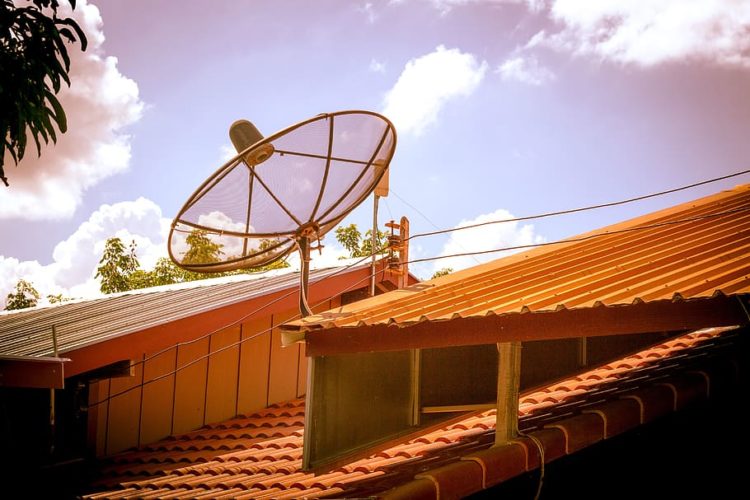
source:pxfuel.com
3. Small Satellite Dish
A smaller diameter antenna can very often be a poor choice. If you live in a part of the country where satellite coverage is poor or in the area where the signal is unsafe – then it is best to connect to another satellite. However, this is often an impossible mission. Namely, in some territories, you can hardly find a high-quality signal, so you have to use antennas with a large diameter. They will be able to amplify the signal but also to overcome problems during worse weather conditions.
4. Buy A Good Converter
Lower quality converters have not proven to be good, and you can see that price and quality have to match. To improve the signal the way you really want it – you need to set aside a certain amount of money for a better quality converter, or at the very beginning when you buy an antenna, “assemble” your satellite set to suit your needs.
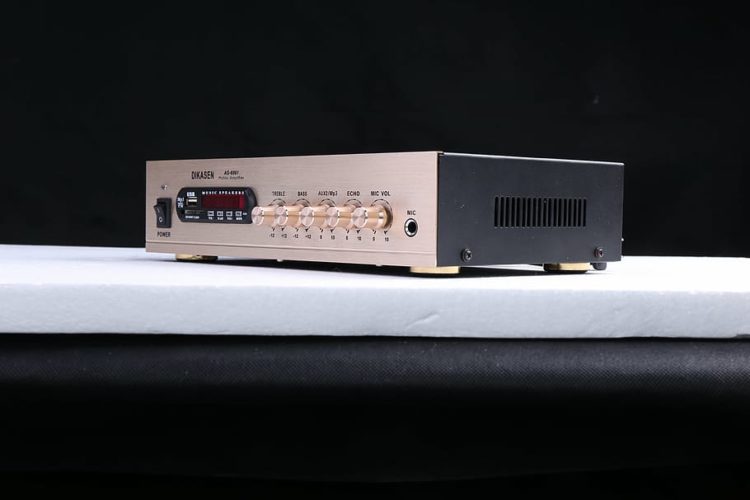
source:pxfuel.com
5. Avoid Cables
This is a rule that should be followed. Namely, every cable connection, be it the internet or something else – reduces the signal quality of your antenna. Follow what we have already said: The fewer obstacles – the better the signal. Therefore, if you want to amplify the signal of your antenna system – eliminate any cable connection that is dependent on you. If you have connected the cables in some places – replace them with one-piece cables. If you’ve used dividers in some places, such as multiple TVs – try to find a different solution.

